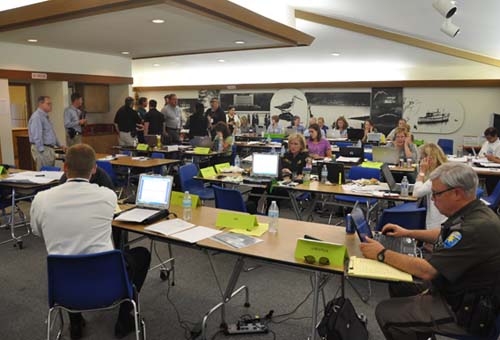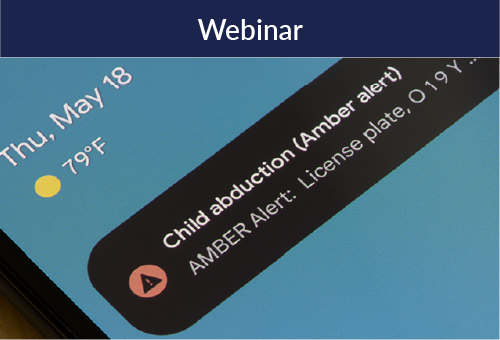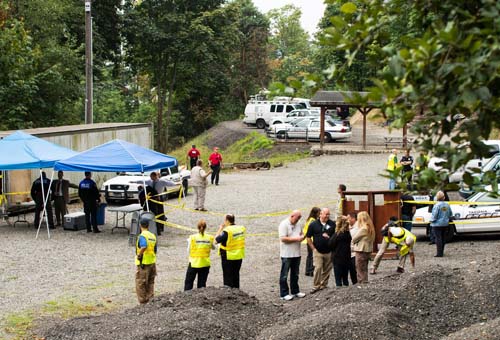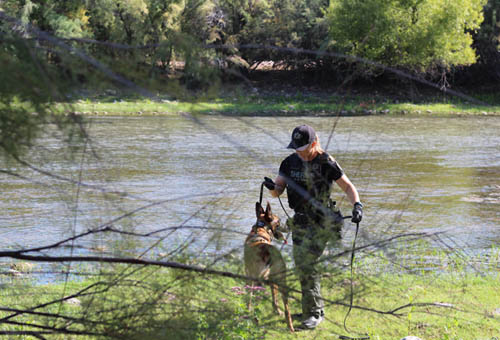


Enhance your agency’s AMBER Alert activations by utilizing new strategies. Examine training requirements and procedures for activating an AMBER Alert and gain an in-depth review of current best practices, trends and analytics, and industry leaders. Explore current abduction trends, laws related to mandatory notifications, yearly statistics, and resources available during an activation.

Test the organization’s response in conducting an initial investigation into searching for a missing or abducted child using the Incident Command System. Employ strategies and responses in mitigating and resolving the emergency. Participate in a multidisciplinary tabletop exercise to build cohesiveness within the investigative team when responding to an emergency.

Hear from a long time AMBER Alert Coordinator and Public Information Officer (PIO) with the California Highway Patrol about the challenges associated with being a PIO during one of the most important and time-sensitive law enforcement events that can occur, a child abduction. Hear how PIOs can meet the expectations and challenges modern forms of communication present. Identify the different types of audience members that receive the information during an AMBER Alert and recognize best practices and common missteps which can happen during an AMBER Alert.

Learn basic techniques and strategies to enhance the likelihood of obtaining information from possible victims of child sex trafficking. Compare and contrast typical child sexual abuse cases with child sex trafficking (CST) cases and address the different points of entry into the criminal justice and welfare system for CST victims. Understand various disciplines' roles and responsibilities and how they can contribute to a positive outcome of the CST case. Examine question strategy, interview dynamics, language use, and interview suggestions. Discuss the business model of child sex trafficking as it relates to a variety of crimes, including the use of child sexual abuse material (CSAM).

Sextortion using technology is an increasing trend seen by law enforcement. Sextortion refers to the crime where someone employs an abuse of power, usually a threat to expose explicit images, in order to coerce a person to do something. This 1-day training will identify the methods and tactics used by offenders, and describe why youth are vulnerable to these tactics. The training will explain the long-term impact of these crimes on victims, offer a victim-centered response, and provide information on reporting these crimes to law enforcement, National Center for Missing and Exploited Children and the electronic service provider(s). This course will conclude with identifying effective Sextortion prevention messages for youth, parents and educators.

Take steps toward implementing a successful CART by bringing together a team of experts whose knowledge, skills, and abilities will be beneficial in a child abduction case. Join us to learn how to develop a multidisciplinary CART for responding to endangered, missing, or abducted children. Hear about the impact a child abduction has on the family and learn the fundamentals of developing an effective responsive CART team. Examine incident command considerations, search and canvassing operations, CART activation, and resources to improve the response, investigation, search, and canvass activities associated with missing children investigations.

Seconds count when a child is missing. Gain the critical skills needed to construct and manage effective search and canvass operations to recover the child. Recognize crucial cell phone and technology-related evidence which can help locate the child and track the abductor. Explore relevant legal issues associated with criminal cases against those who abduct and harm children. Participate in hands-on exercises designed to test your knowledge and application of the material and prepare you for your next missing child case.

Learn the best approach with children who are alleged victims of child abuse in the initial phases of a case, after a concern has been identified. Develop the basic skills and techniques necessary to engage a child in such a way as to minimize suggestibility but still provide support, beyond what is taught in a First Responder Training. Review best practices in identification of a concern and learn to engage these children in a way that maximizes positive case outcomes and minimizes potential behaviors that can hurt cases.

Technology plays a tremendous role in our children's lives. Learn about the ways children are interacting online to create better understanding and open up meaningful communication. Increase awareness of opportunities to protect and connect with children while also gathering valuable information to mitigate threats posed by individuals who seek to exploit them.

Child Sex Trafficking (CST) is a crime that is hidden yet in plain sight. First responders are often the first system members to make contact with a CST victim. A CST victim has been heavily groomed for system contact, is fearful of their trafficker, and often not forthcoming about their exploitive situation. Deconstruct the crime of CST and identify common scenarios in which you may come in contact with a CST victim. Discover victim-centered contact practices you can implement which are specific to CST victims. Recognize how to secure vital evidence which may only be available during your initial contact with the victim. Practice group exercises and develop contact and response plans to common scenarios you may encounter.
